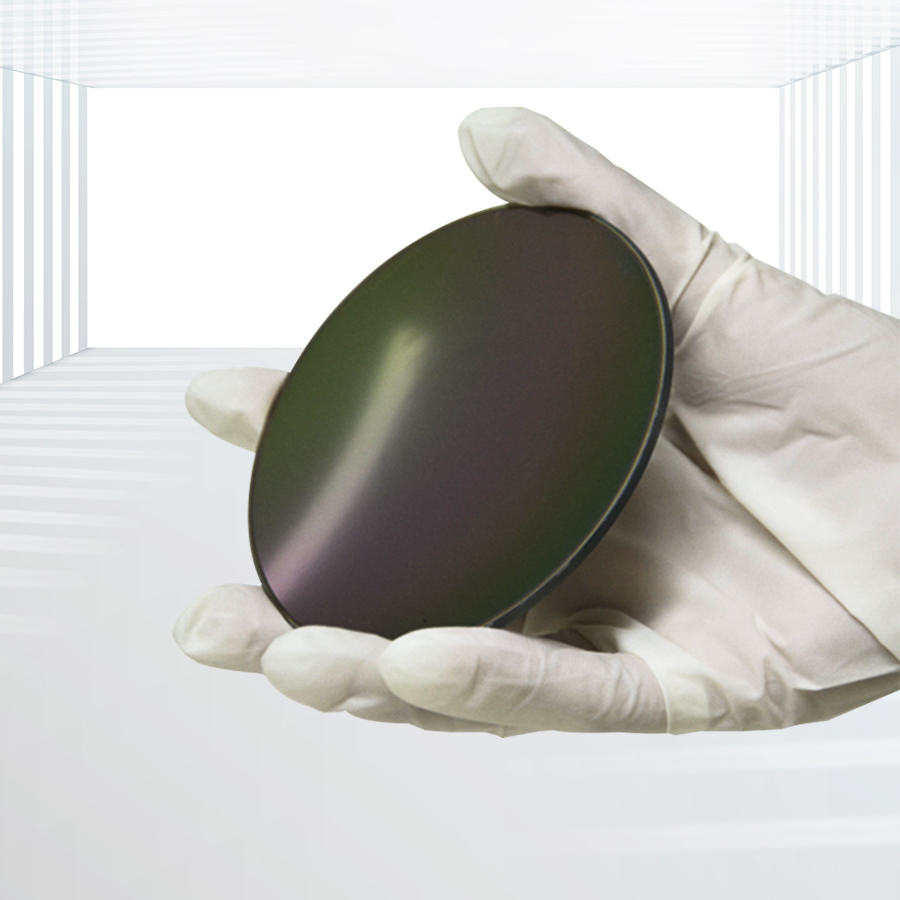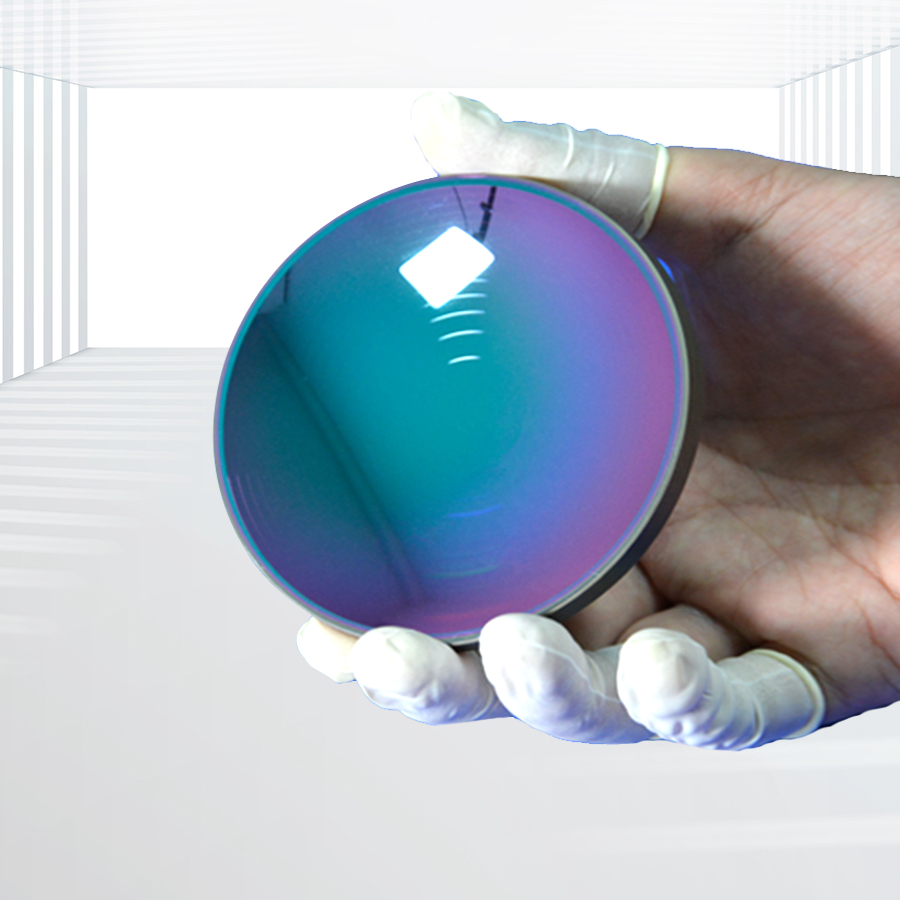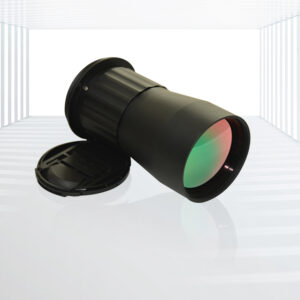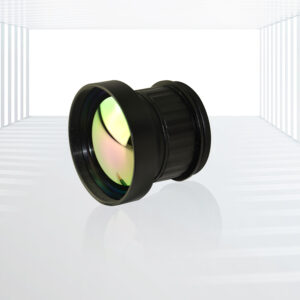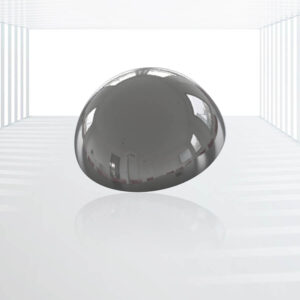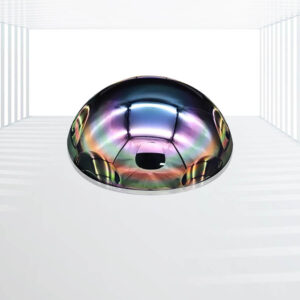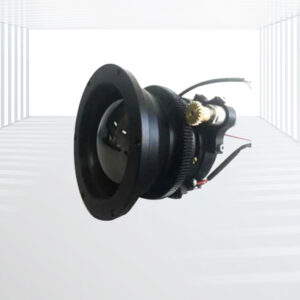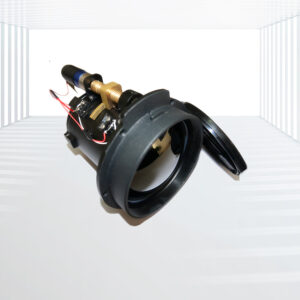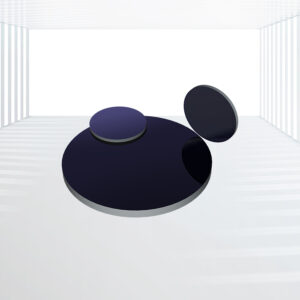Chalcogenide Glass Lenses and Balls
Broad IR Transmission Range: Chalcogenide glass lenses transmit effectively across a wide spectral range from 3 µm to 12 µm, covering both MWIR and LWIR regions.
Superior Thermal Properties: The low temperature coefficients of the refractive index make these lenses ideal for athermalized optical systems, which maintain focus despite temperature variations.
Cost-Effective: The production cost of Chalcogenide glass is significantly lower than that of many IR crystal materials, such as Germanium, making it an economical alternative.
High-Precision Molding: Chalcogenide glass can be molded with high precision, allowing for the efficient production of complex shapes, including aspheric lenses.
Versatility in Applications: These lenses are suitable for a wide range of applications, including thermal imaging, IR spectroscopy, and military optics.
Applications: Infrared optics, thermal imaging, IR spectroscopy, athermalized lens assemblies.
Chalcogenide Glass Lenses are advanced optical components made from glass materials that contain chalcogen elements (such as sulfur, selenium, and tellurium) combined with other elements like arsenic, antimony, or germanium. These lenses offer broad IR transmission, especially in the MWIR (3-5 µm) and LWIR (8-12 µm) regions, and are known for their superior thermal and optical properties, making them suitable for a variety of infrared applications.
Specifications:
| Materials | Chalcogenide glass |
| Diameter Tolerance | +0.0/-0.2mm |
| Thickness Tolerance | +/-0.05mm |
| Surface Quality | 60/40 S/D |
| Fringes (N) | 3 |
| Irregularity (delta N) | 1 |
| Centration | 3′ |
| Coatings | AR/AR@3-5µm AR/AR@8-12µm |
| Chamfer | 0.1-0.3mmx45 degree |
Advantages of Chalcogenide Glass Lenses:
- Broad IR Transmission Range: Chalcogenide glass lenses transmit effectively across a wide spectral range from 3 µm to 12 µm, covering both MWIR and LWIR regions.
- Superior Thermal Properties: The low temperature coefficients of the refractive index make these lenses ideal for athermalized optical systems, which maintain focus despite temperature variations.
- Cost-Effective: The production cost of Chalcogenide glass is significantly lower than that of many IR crystal materials, such as Germanium, making it an economical alternative.
- High-Precision Molding: Chalcogenide glass can be molded with high precision, allowing for the efficient production of complex shapes, including aspheric lenses.
- Versatility in Applications: These lenses are suitable for a wide range of applications, including thermal imaging, IR spectroscopy, and military optics.
Considerations for Use:
- Softness and Mechanical Hardness: Chalcogenide glass is softer and has lower mechanical hardness than many IR crystal materials, requiring careful handling and cleaning to avoid damage.
- Chemical Sensitivity: These lenses may be sensitive to certain chemicals and should be protected during use and maintenance.
Applications:
- Infrared Optics: Used in IR imaging systems and sensors for security, surveillance, and industrial applications.
- Thermal Imaging: Integrated into thermal cameras and systems for monitoring and inspection.
- IR Spectroscopy: Essential for spectroscopic instruments used in chemical and material analysis.
- Athermalized Lens Assemblies: Ideal for producing passive optical athermalized IR lens assemblies due to their stable thermal properties.
- Military and Medical Equipment: Applied in various military optics for infrared detection and imaging, as well as in medical diagnostic devices.
Custom Solutions:
Kingwin Optics offers a range of custom Chalcogenide glass lenses and ball lenses with a maximum diameter of 100mm. These lenses can be coated with anti-reflection coatings for both LWIR and MWIR regions to enhance their performance. Kingwin Optics provides tailored solutions to meet specific needs, including various lens forms (ball lens, aspheric lens, convex lens, concave lens) and dimensions.

